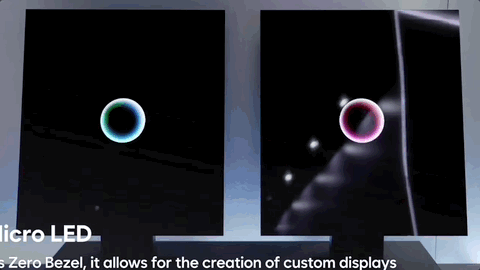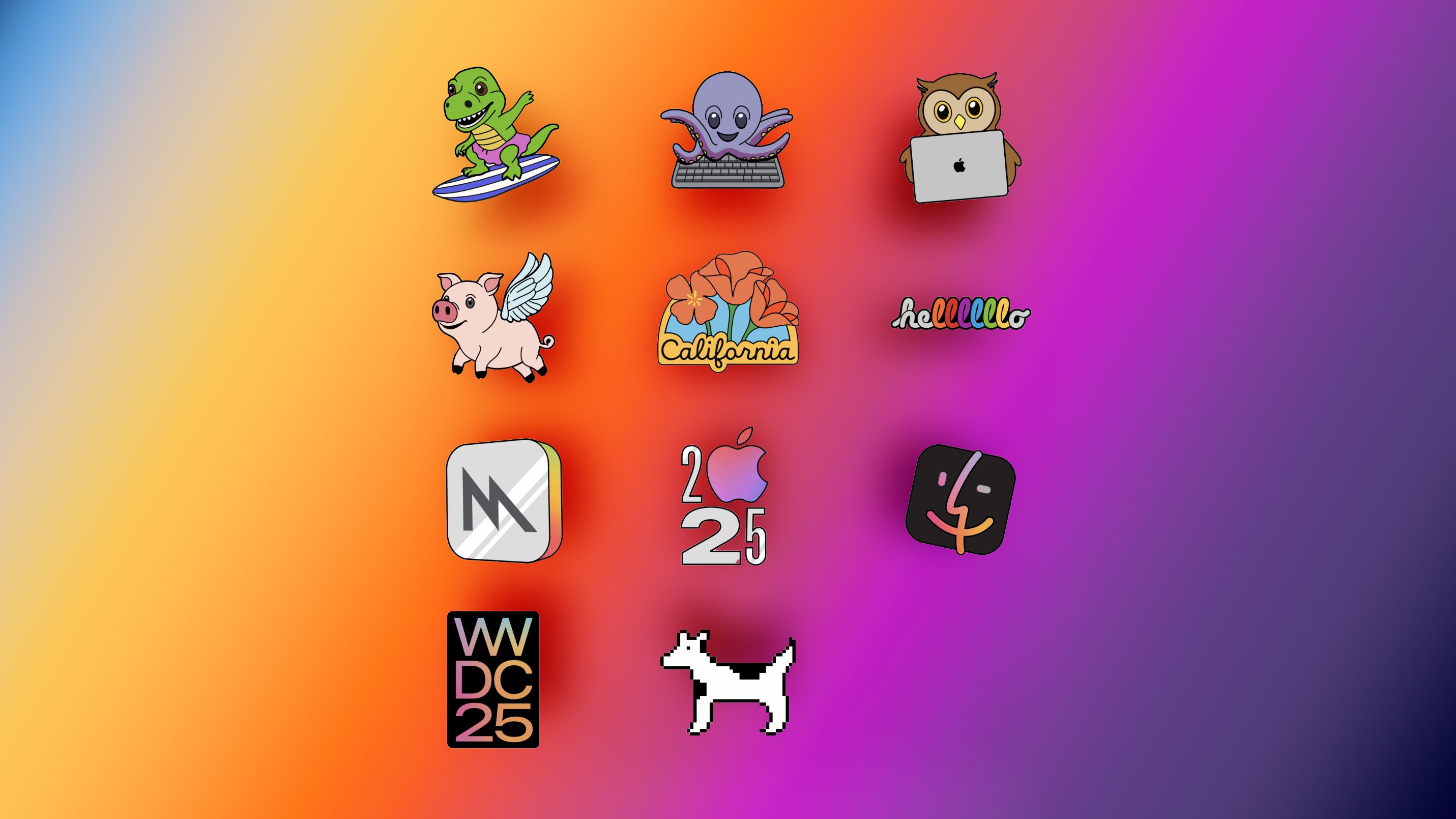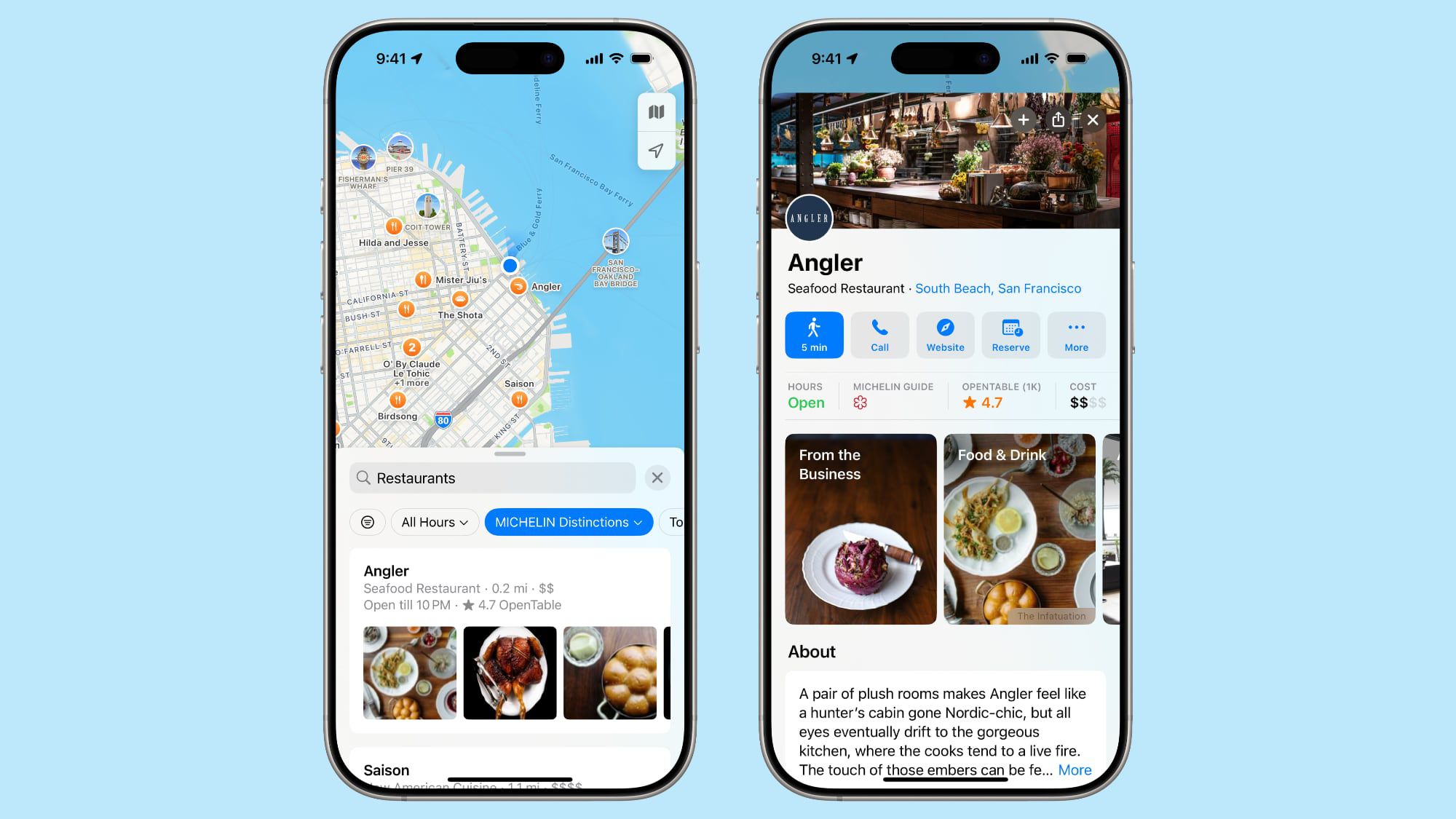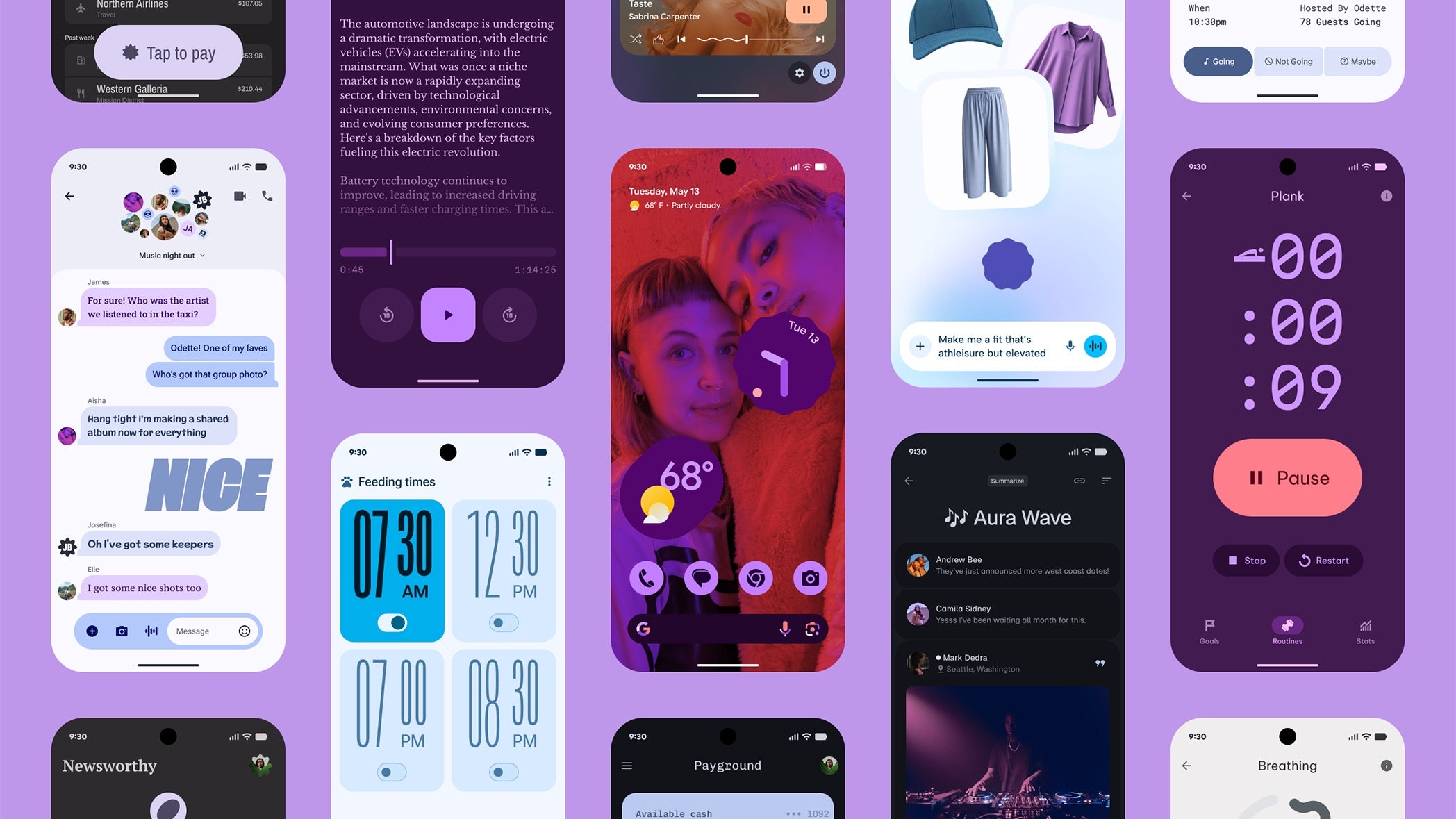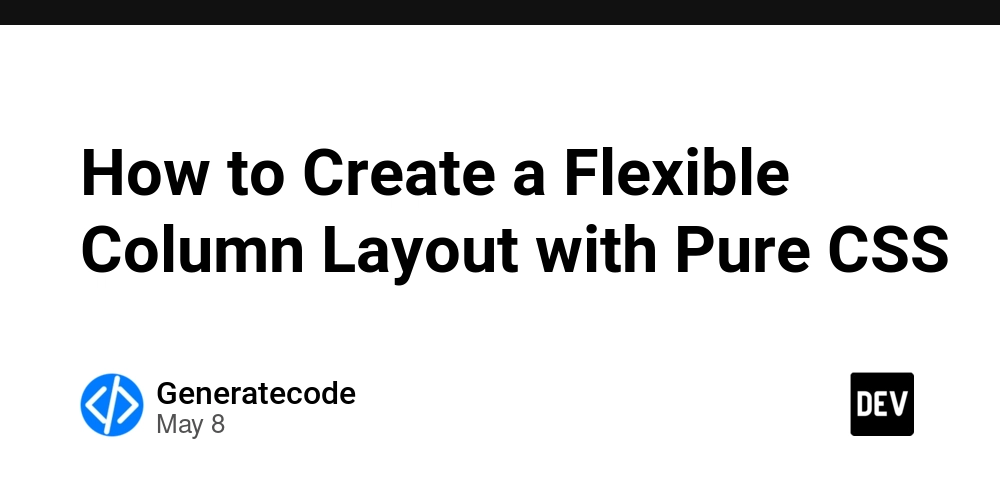How to Efficiently Override ListTile in Flutter with Dart?
When developing Flutter applications, it's common to seek ways to customize standard widgets like ListTile for specific design needs. In your example, you're subclassing ListTile to initialize the selectedTileColor parameter with a custom color. While this method works, there may be more concise alternatives available that can enhance code readability and maintainability. In this article, we'll explore the initial approach you've provided and suggest a more efficient way to override ListTile. Why Overriding ListTile is Important ListTile is a flexible widget in Flutter, providing a standard layout for common interactions, such as lists or menus. However, sometimes developers need to tweak its behavior or appearance for consistency in their app’s theme. Overriding a widget like ListTile allows developers to encapsulate specific configurations, such as colors, methods, or styles, without having to repeat code each time. Existing Approach: Subclassing ListTile You've shared an example of subclassing ListTile, which includes the necessary constructor parameters: const selectedTileColor = Colors.blue; class MyNavItem extends ListTile { MyNavItem({ super.leading, super.title, super.contentPadding, super.selected = false, super.onTap, }) : super(selectedTileColor: selectedTileColor); } While this approach allows for customizing the ListTile, it involves copying the constructor parameters for ListTile, which can lead to redundancy. Let's explore more concise alternatives. A More Concise Approach Using a Factory Constructor Instead of subclassing ListTile and repeating all its parameters, you can simplify the widget creation process using a factory constructor or even a custom widget that utilizes composition. Here’s how you can implement it: Using Widget Composition Instead of directly subclassing ListTile, create a custom stateless widget that returns a ListTile: import 'package:flutter/material.dart'; const selectedTileColor = Colors.blue; class MyNavItem extends StatelessWidget { final Widget? leading; final Widget? title; final EdgeInsetsGeometry? contentPadding; final bool selected; final VoidCallback? onTap; const MyNavItem({ this.leading, this.title, this.contentPadding, this.selected = false, this.onTap, }); @override Widget build(BuildContext context) { return ListTile( leading: leading, title: title, contentPadding: contentPadding, selected: selected, selectedTileColor: selectedTileColor, onTap: onTap, ); } } By using a StatelessWidget, you reduce the need to copy ListTile’s constructor parameters and instead delegate to ListTile itself, improving code readability. This approach enhances maintainability as well. Example Usage To implement the widget you just created, you can use it in your Flutter app like this: MyNavItem( leading: Icon(Icons.home), title: Text('Home'), selected: true, onTap: () { // Handle tap action }, ), Conclusion In this article, we discussed how to override ListTile in Flutter with Dart more effectively. You can subclass ListTile directly, but using a widget composition approach can create cleaner and more maintainable code. This way, you preserve the ability to customize ListTile while avoiding the redundancy of subclassing its parameters. Remember, choosing the right method often depends on your specific application needs and personal or team coding preferences. Frequently Asked Questions 1. Can I customize other properties of ListTile? Yes, you can customize any property of ListTile using either subclassing or composition techniques. 2. Is there a performance difference between subclassing and composition? In general, using composition is more performant as it avoids the overhead associated with subclassing, although in most Flutter applications this is quite negligible. 3. How can I test my custom ListTile subclass? You can write widget tests using the Flutter test framework to ensure that your customized ListTile behaves as expected. You can mock the onTap callback to verify it triggers correctly.
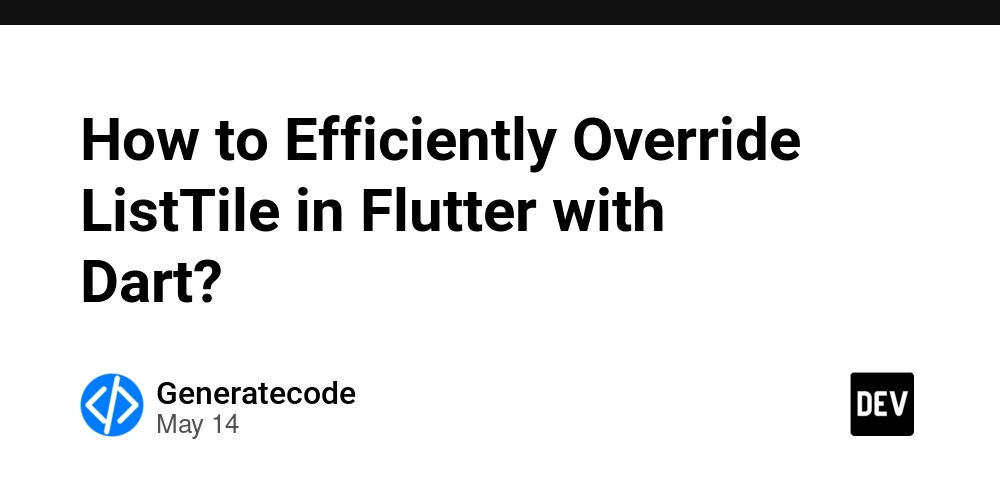
When developing Flutter applications, it's common to seek ways to customize standard widgets like ListTile for specific design needs. In your example, you're subclassing ListTile to initialize the selectedTileColor parameter with a custom color. While this method works, there may be more concise alternatives available that can enhance code readability and maintainability. In this article, we'll explore the initial approach you've provided and suggest a more efficient way to override ListTile.
Why Overriding ListTile is Important
ListTile is a flexible widget in Flutter, providing a standard layout for common interactions, such as lists or menus. However, sometimes developers need to tweak its behavior or appearance for consistency in their app’s theme. Overriding a widget like ListTile allows developers to encapsulate specific configurations, such as colors, methods, or styles, without having to repeat code each time.
Existing Approach: Subclassing ListTile
You've shared an example of subclassing ListTile, which includes the necessary constructor parameters:
const selectedTileColor = Colors.blue;
class MyNavItem extends ListTile {
MyNavItem({
super.leading,
super.title,
super.contentPadding,
super.selected = false,
super.onTap,
}) : super(selectedTileColor: selectedTileColor);
}
While this approach allows for customizing the ListTile, it involves copying the constructor parameters for ListTile, which can lead to redundancy. Let's explore more concise alternatives.
A More Concise Approach Using a Factory Constructor
Instead of subclassing ListTile and repeating all its parameters, you can simplify the widget creation process using a factory constructor or even a custom widget that utilizes composition. Here’s how you can implement it:
Using Widget Composition
Instead of directly subclassing ListTile, create a custom stateless widget that returns a ListTile:
import 'package:flutter/material.dart';
const selectedTileColor = Colors.blue;
class MyNavItem extends StatelessWidget {
final Widget? leading;
final Widget? title;
final EdgeInsetsGeometry? contentPadding;
final bool selected;
final VoidCallback? onTap;
const MyNavItem({
this.leading,
this.title,
this.contentPadding,
this.selected = false,
this.onTap,
});
@override
Widget build(BuildContext context) {
return ListTile(
leading: leading,
title: title,
contentPadding: contentPadding,
selected: selected,
selectedTileColor: selectedTileColor,
onTap: onTap,
);
}
}
By using a StatelessWidget, you reduce the need to copy ListTile’s constructor parameters and instead delegate to ListTile itself, improving code readability. This approach enhances maintainability as well.
Example Usage
To implement the widget you just created, you can use it in your Flutter app like this:
MyNavItem(
leading: Icon(Icons.home),
title: Text('Home'),
selected: true,
onTap: () {
// Handle tap action
},
),
Conclusion
In this article, we discussed how to override ListTile in Flutter with Dart more effectively. You can subclass ListTile directly, but using a widget composition approach can create cleaner and more maintainable code. This way, you preserve the ability to customize ListTile while avoiding the redundancy of subclassing its parameters. Remember, choosing the right method often depends on your specific application needs and personal or team coding preferences.
Frequently Asked Questions
1. Can I customize other properties of ListTile?
Yes, you can customize any property of ListTile using either subclassing or composition techniques.
2. Is there a performance difference between subclassing and composition?
In general, using composition is more performant as it avoids the overhead associated with subclassing, although in most Flutter applications this is quite negligible.
3. How can I test my custom ListTile subclass?
You can write widget tests using the Flutter test framework to ensure that your customized ListTile behaves as expected. You can mock the onTap callback to verify it triggers correctly.


















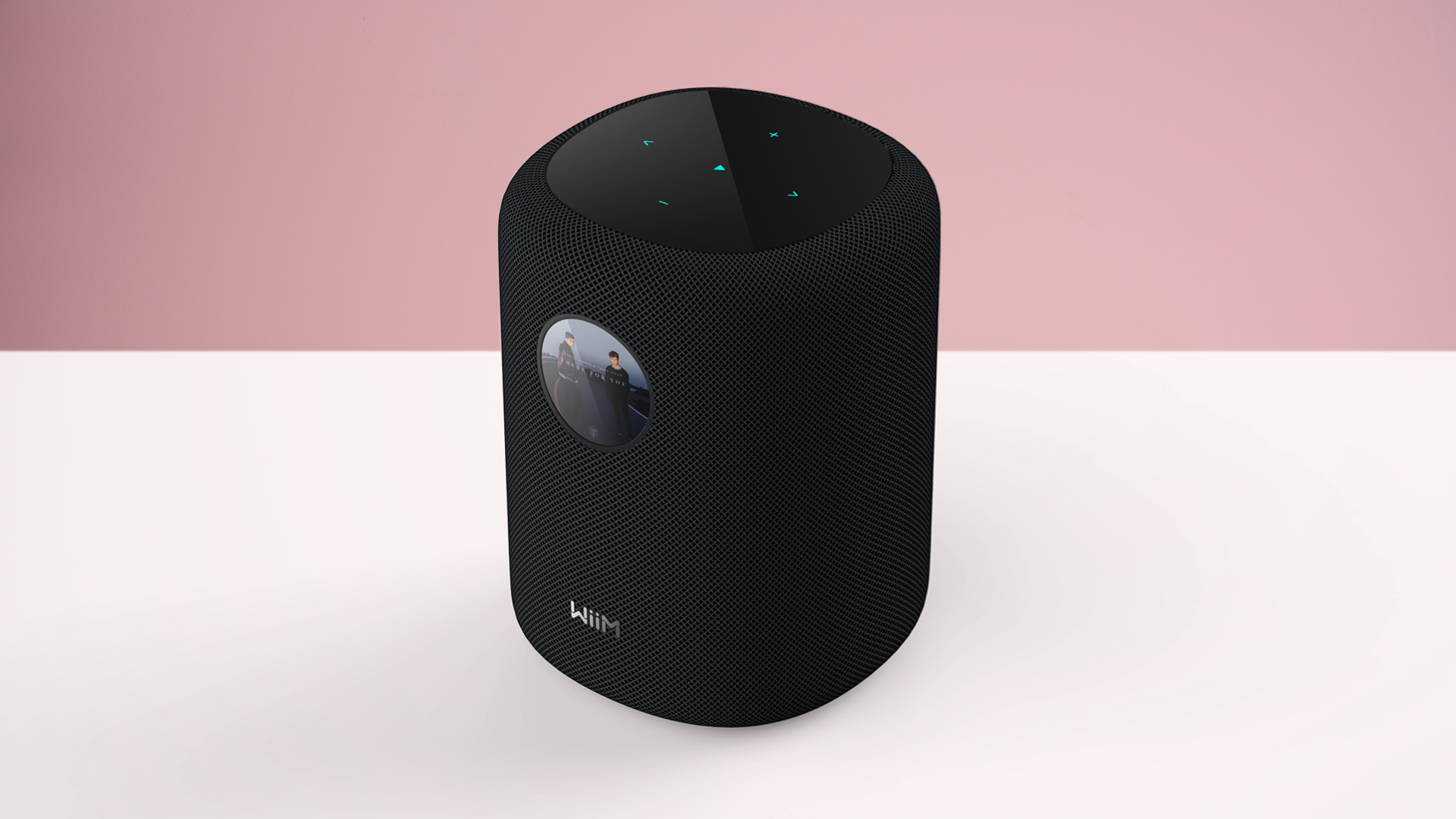
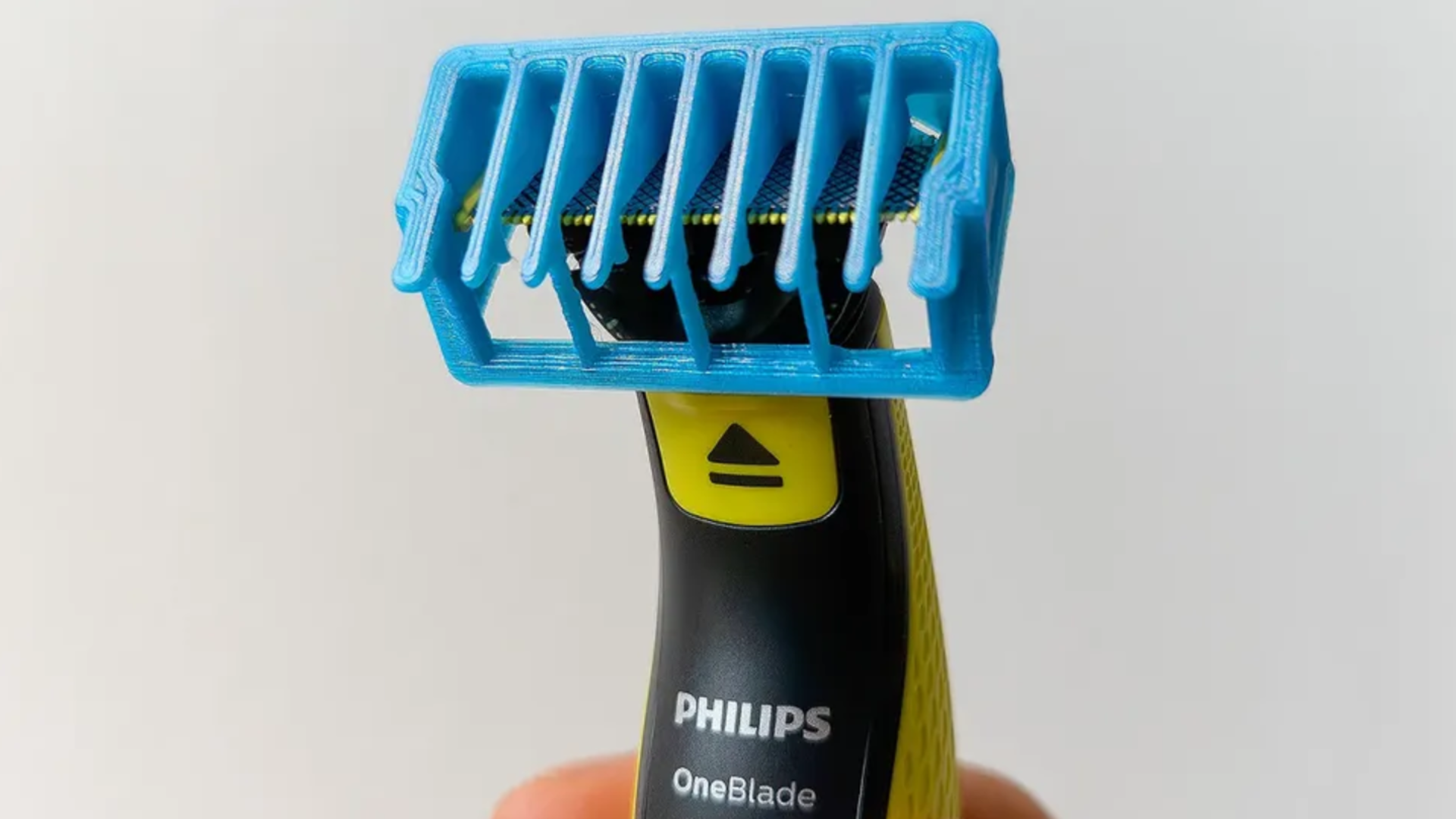
















































































































































![[The AI Show Episode 147]: OpenAI Abandons For-Profit Plan, AI College Cheating Epidemic, Apple Says AI Will Replace Search Engines & HubSpot’s AI-First Scorecard](https://www.marketingaiinstitute.com/hubfs/ep%20147%20cover.png)










































































































































































.jpg?#)





















![Legends Reborn tier list of best heroes for each class [May 2025]](https://media.pocketgamer.com/artwork/na-33360-1656320479/pg-magnum-quest-fi-1.jpeg?#)






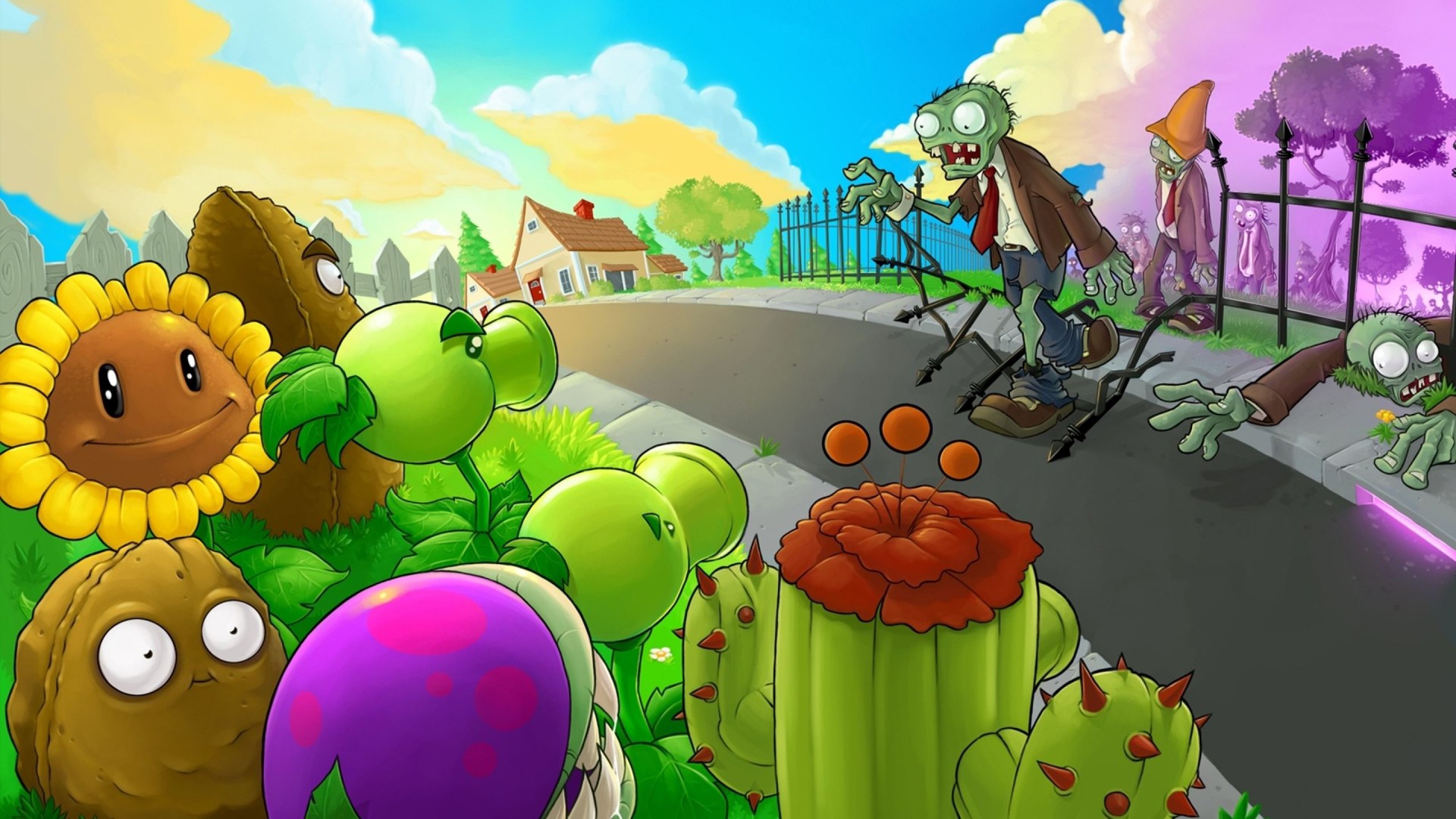
















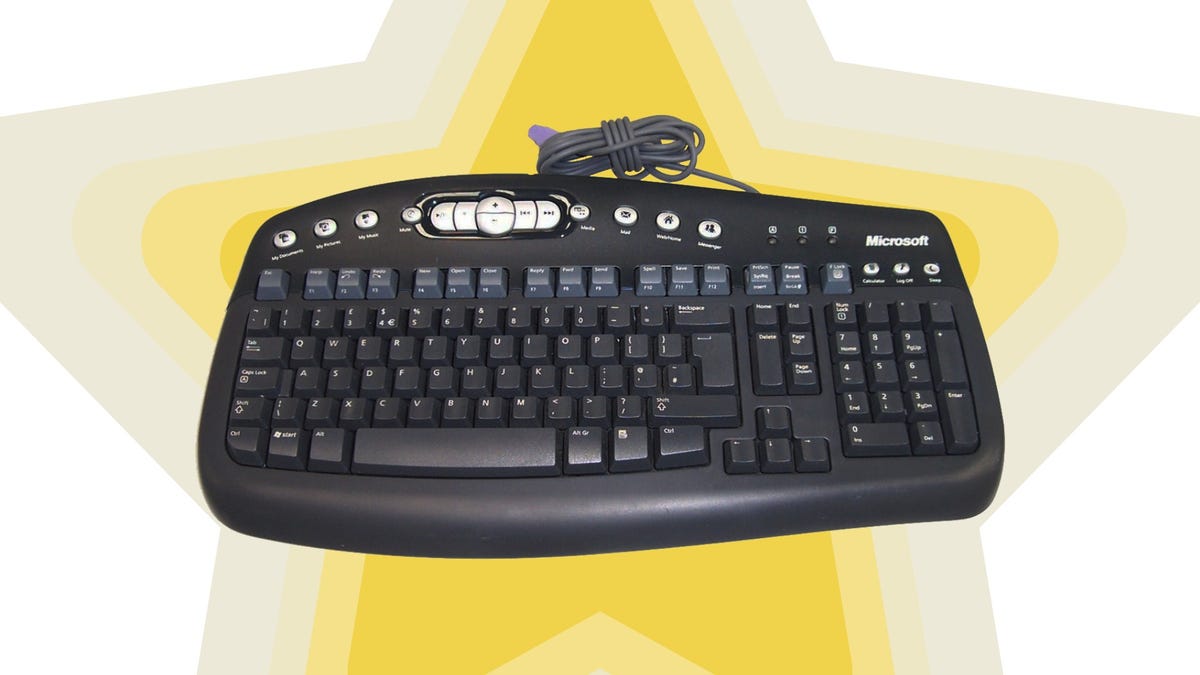








































_Gang_Liu_Alamy.jpg?width=1280&auto=webp&quality=80&disable=upscale#)










































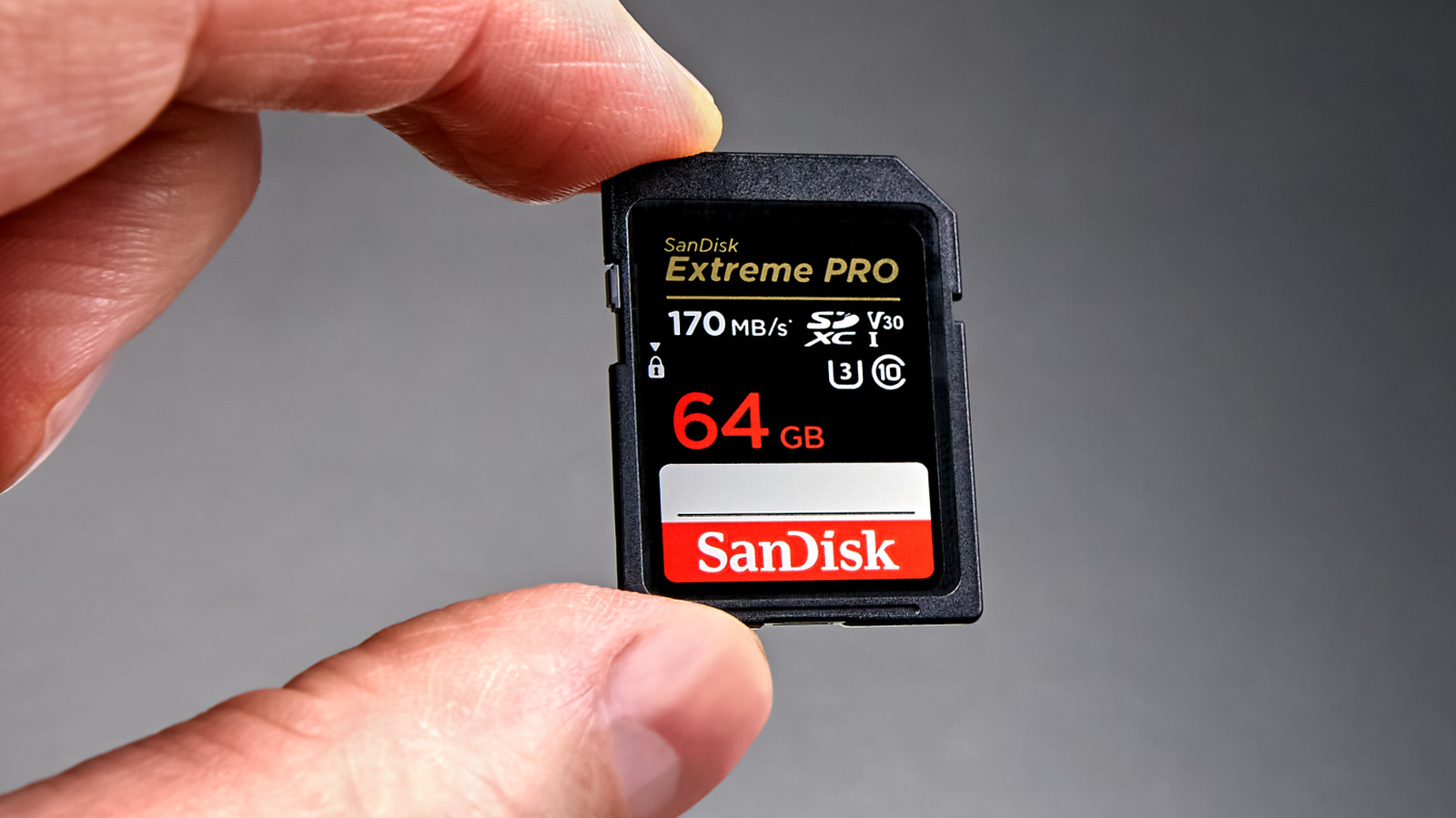





































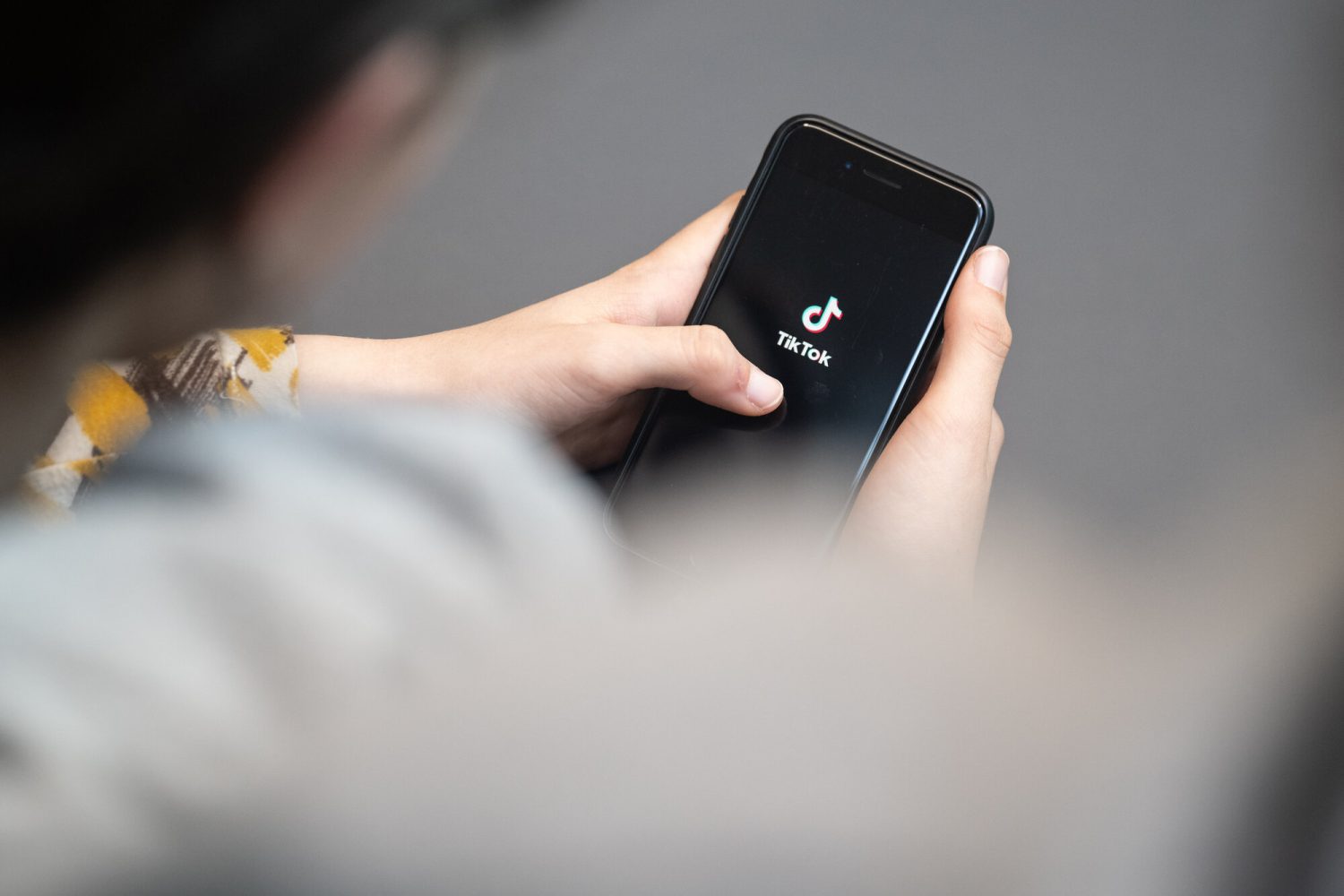




-xl.jpg)
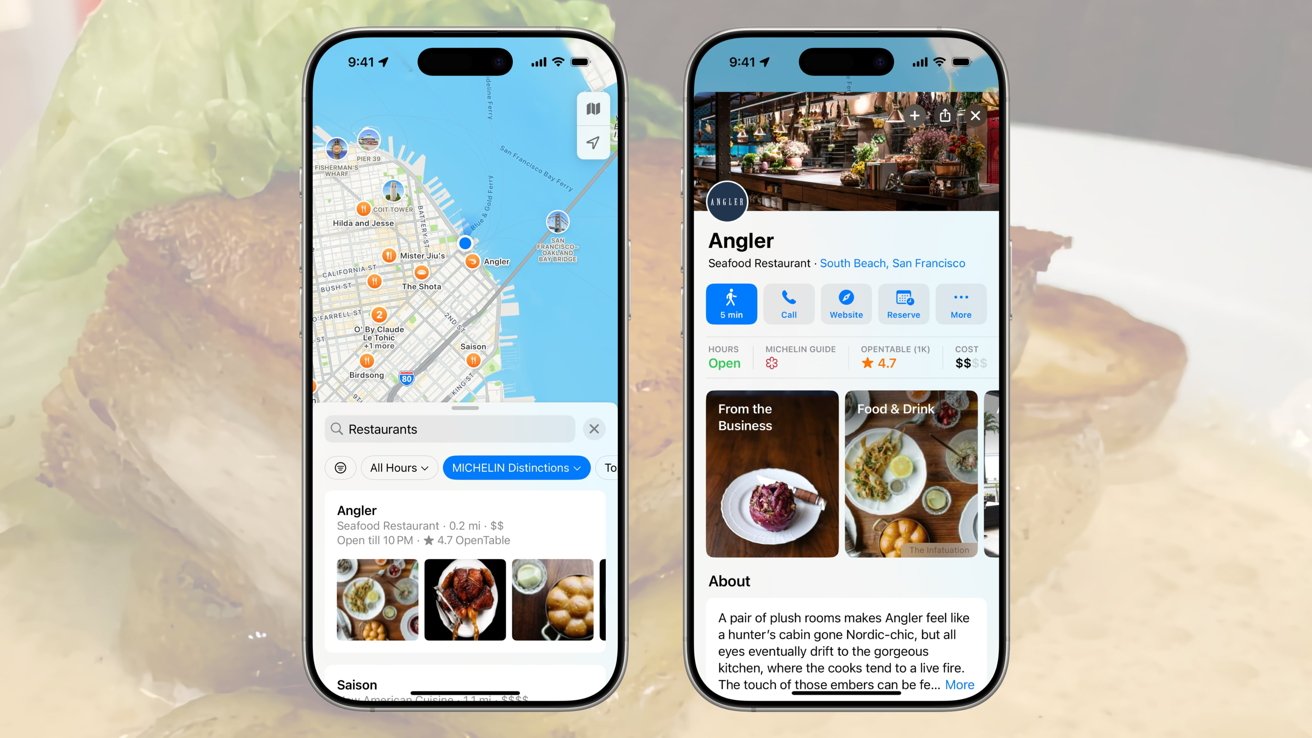

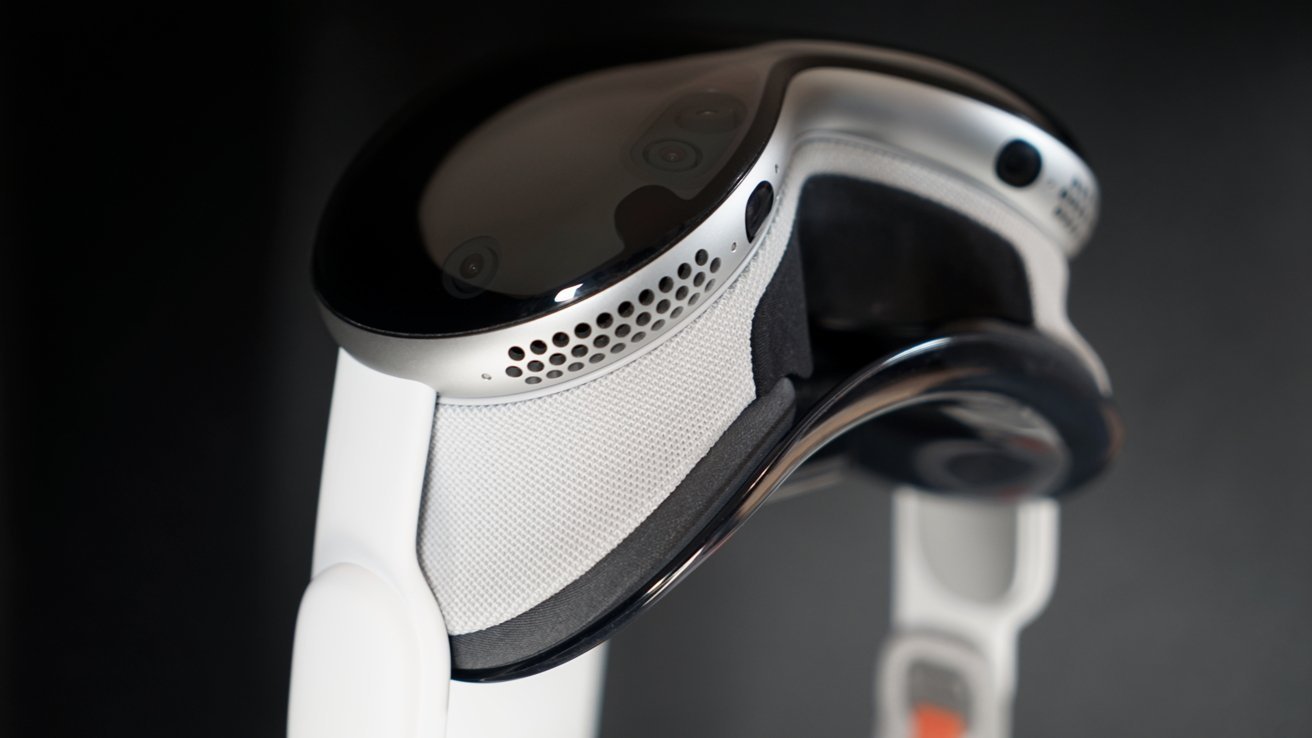

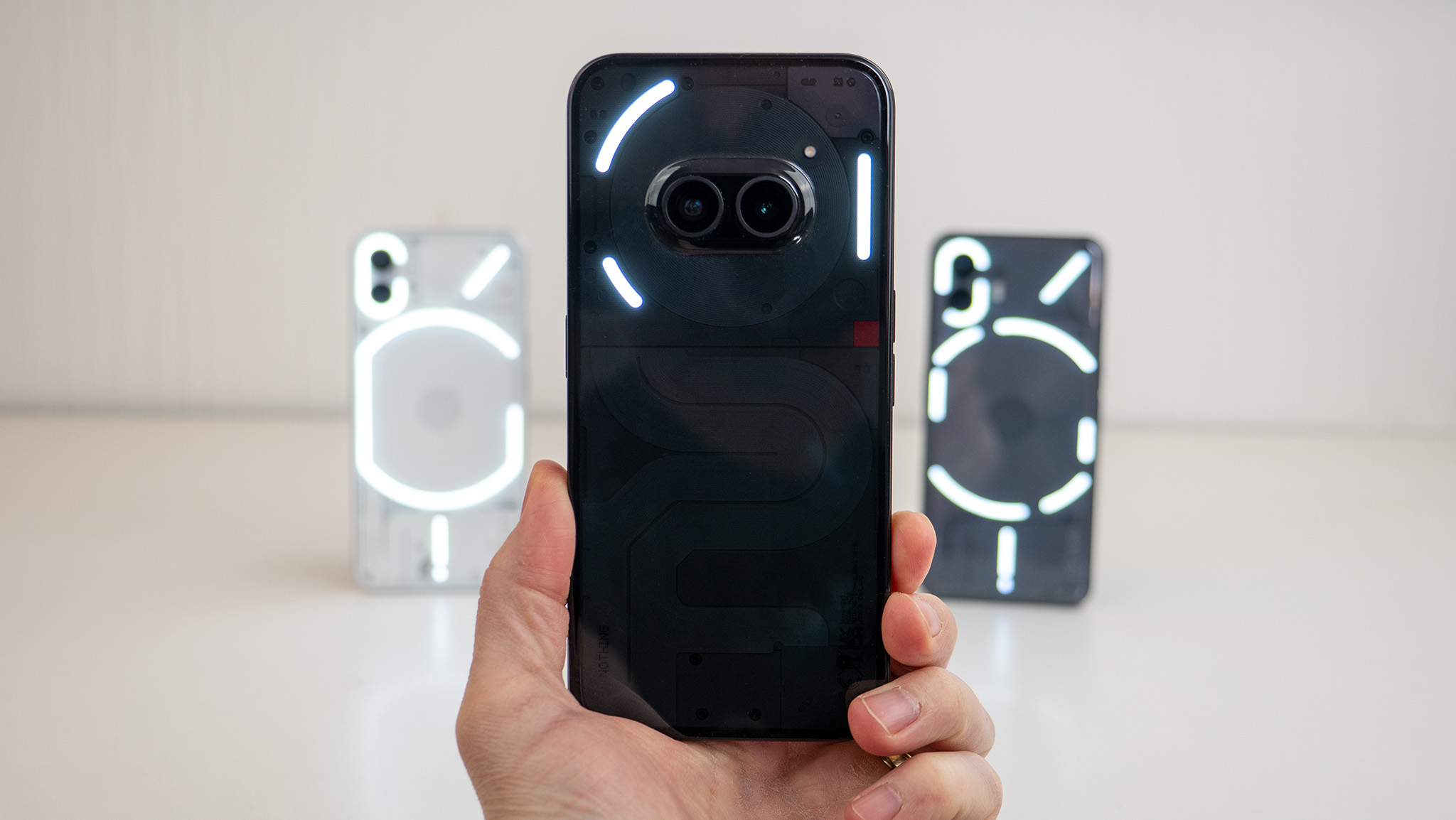

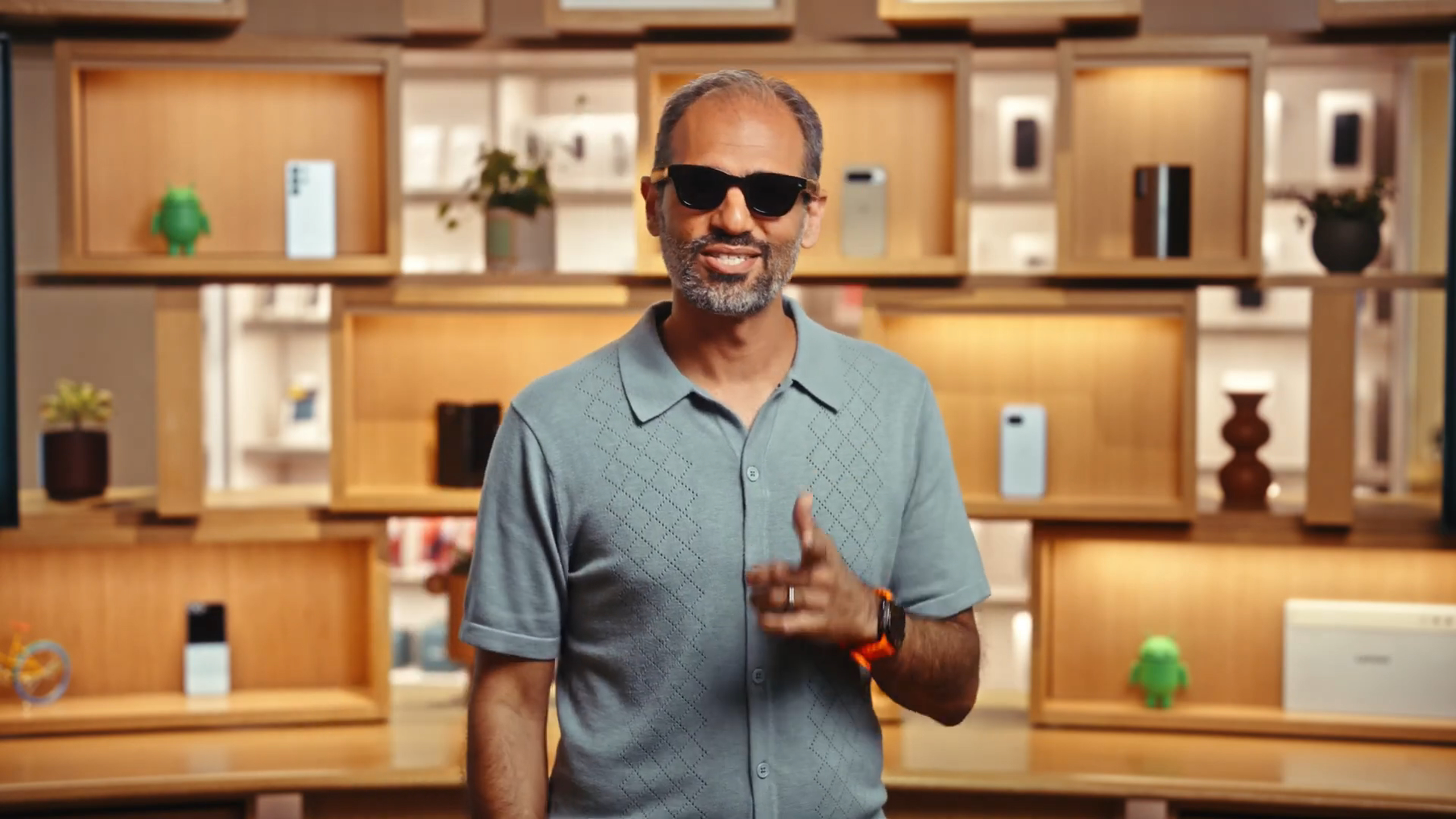





















![Vision Pro May Soon Let You Scroll With Your Eyes [Report]](https://www.iclarified.com/images/news/97324/97324/97324-640.jpg)
![Apple's 20th Anniversary iPhone May Feature Bezel-Free Display, AI Memory, Silicon Anode Battery [Report]](https://www.iclarified.com/images/news/97323/97323/97323-640.jpg)

![Apple Planning Bezel-Free iPhone With 'Four-Sided Bending' Display [Report]](https://www.iclarified.com/images/news/97321/97321/97321-640.jpg)


















